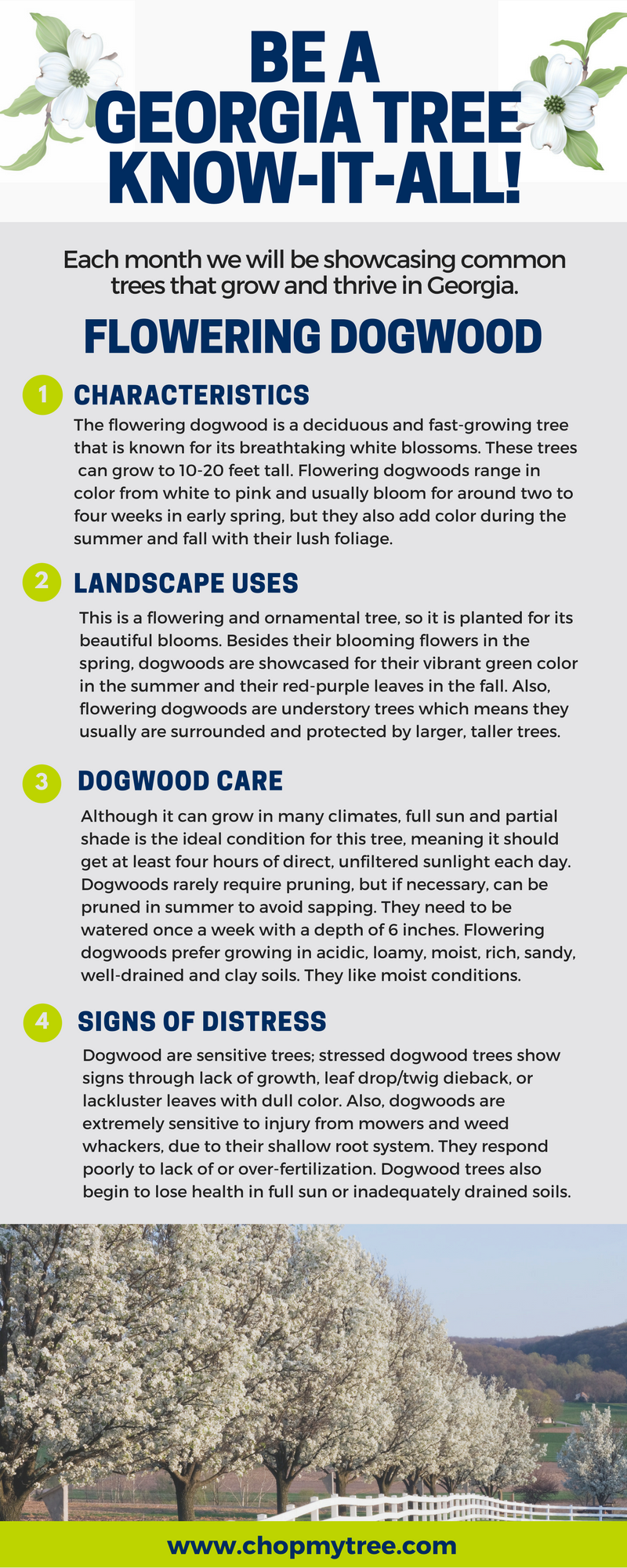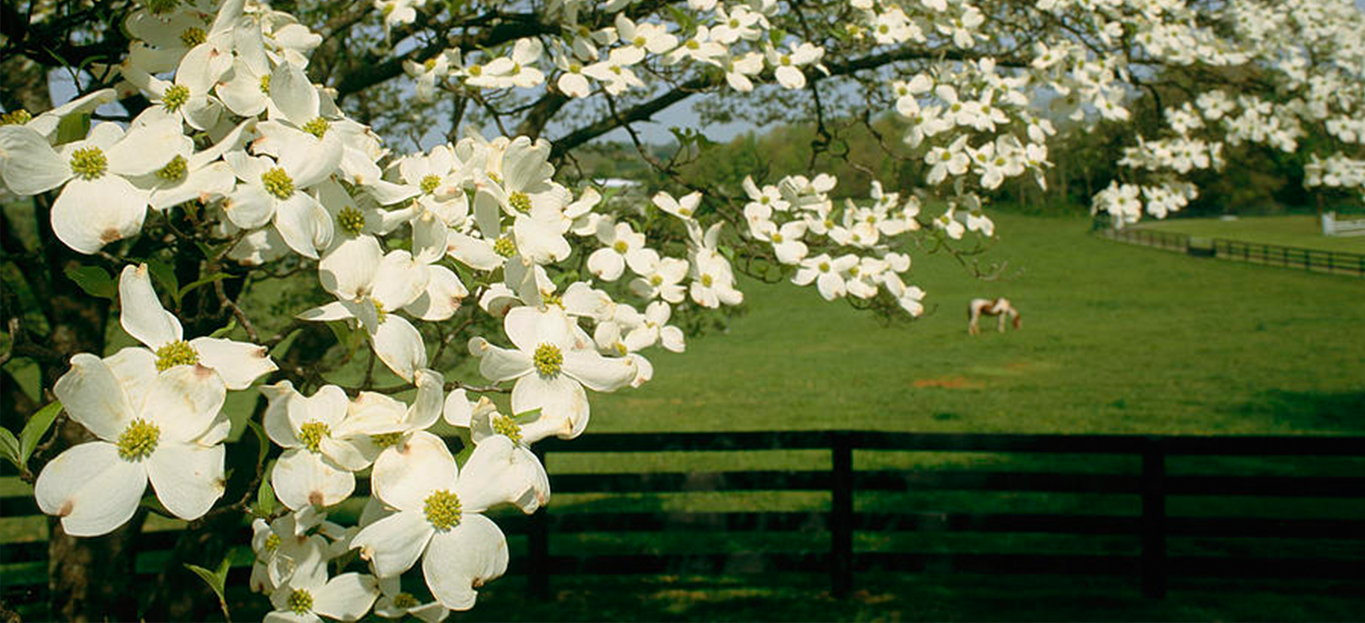Blossoming cherries, Prunus serrulata, stun in gardens throughout the temperate zone every springtime. Bursting into a stunning show of pale to dark pink blooms, the trees – also known as Japanese Cherries or Oriental Cherries – are a beloved of parks, government buildings, and private residences across the world.
So naturally, we’re in love with them too. I mean, we are all about the trees. Here are three of our favorite facts to celebrate the floral explosion this spring.
- The First “Real” Blossoming Cherry Arrived in 1912
The first “real” cherry blossom tree – with those huge pink blooms that stun as winter makes its exit – actually didn’t get here until 1912 (after a diseased first attempt in 1910), explains the National Cherry Blossom Festival. The 3,000 trees in that batch, planted in DC, symbolized the friendship between the United States and Japan.
That’s not to say there aren’t native versions, because there are, including the black cherry, rum cherry, and chokecherry. However, while these trees are superficially related to the vibrant blossoming versions we know today, they wouldn’t be recognized as such if you weren’t looking for them.
- The Blossoming Cherry Is a Versatile Plant
Although its flowers look incredibly delicate, the blossoming cherry is actually a pretty hardy plant. Not only do its buds break while the cold weather still rules the land, but it can grow in a variety of settings. It tolerates partial shade, though flowers better in full sun, and can handle medium moisture, so you don’t have to worry about drainage like you do with some other trees.
In the Atlanta area, temperatures are almost never cold enough to harm a cherry tree, though occasionally it may flower before a frost and the blossoms will suffer.
- Blooms Are Unpredictable!
It’s impossible to predict too far in advance when the trees will bud and bloom. That’s why the National Park Service offers a Bloom Watch for its DC trees, so if you’re planning to visit the capitol’s cherry landmark, you can try to target your trip better. If the blooms will occur in your own backyard, well then, all you need to do is look forward to a nice surprise!
Love blossoming cherry trees as much as we do? Then you’re sure to want to keep them healthy. Don’t wait to clear out that dead branch or clean up those suckers popping up at the bases of your trees. With the right TLC, you can keep them blooming for decades.
Get in touch with family-owned and -operated Premier Tree Solutions and set up an appointment for tree care and maintenance throughout your yard, and enjoy a beautiful, blossom-scented springtime! If you’d like to learn more about us and how we can help you, please get in touch and contact us here.








